Wetland Conservation > Coastal Habitat Enhancement cum Education Project at Sham Wat > Research Result

| Vegetation Survey |
Our team has conducted a total of three surveys along the coastline, including pre- and post-removal surveys of native mangroves to record the distribution and changes of different mangrove species in Sham Wat. Among them...
- A total of 23 plant species were recorded along the coastline. Six native mangrove species can be found including Aegiceras corniculatum, Avicennia marina, Kandelia obovata, Bruguiera gymnorhiza, Excoecaria agallocha and Lumnitzera racemosa, where the former three are the dominant species. One exotic mangrove species, Sonneratia apetala, was recorded。
- As of 12 months after the removal of Sonneratia, there is no big change in the native plant community in Sham Wat. However, in Mangrove B, some species now occupy the newly opened spaces originally occupied by Sonneratia, such as Phragmites australis along the river channel and Acanthus ilicifolius on the landside.。

There are 3 main mangrove stands in Sham Wat bay and they are identified as Mangrove A, B and C
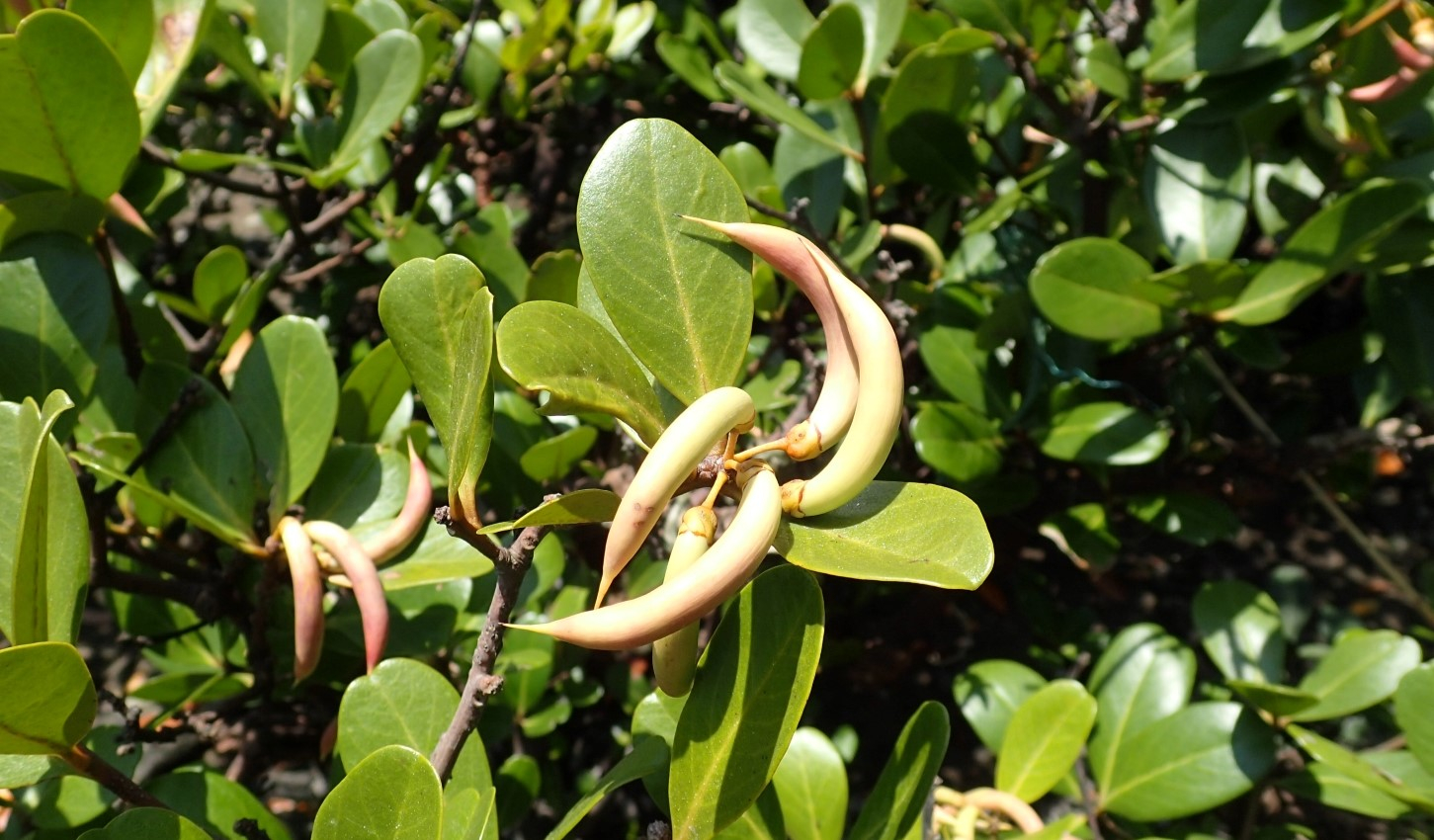 |
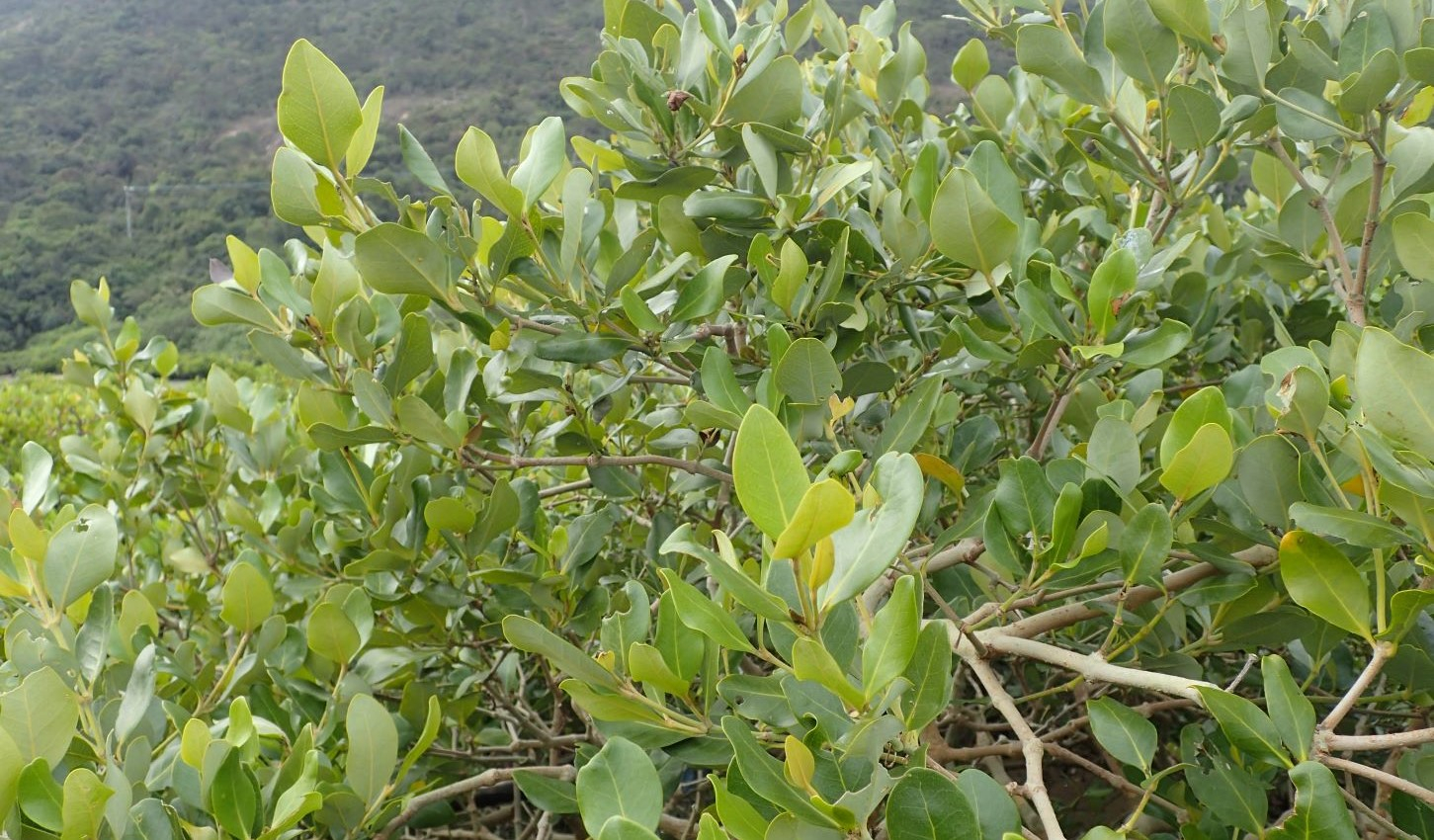 |
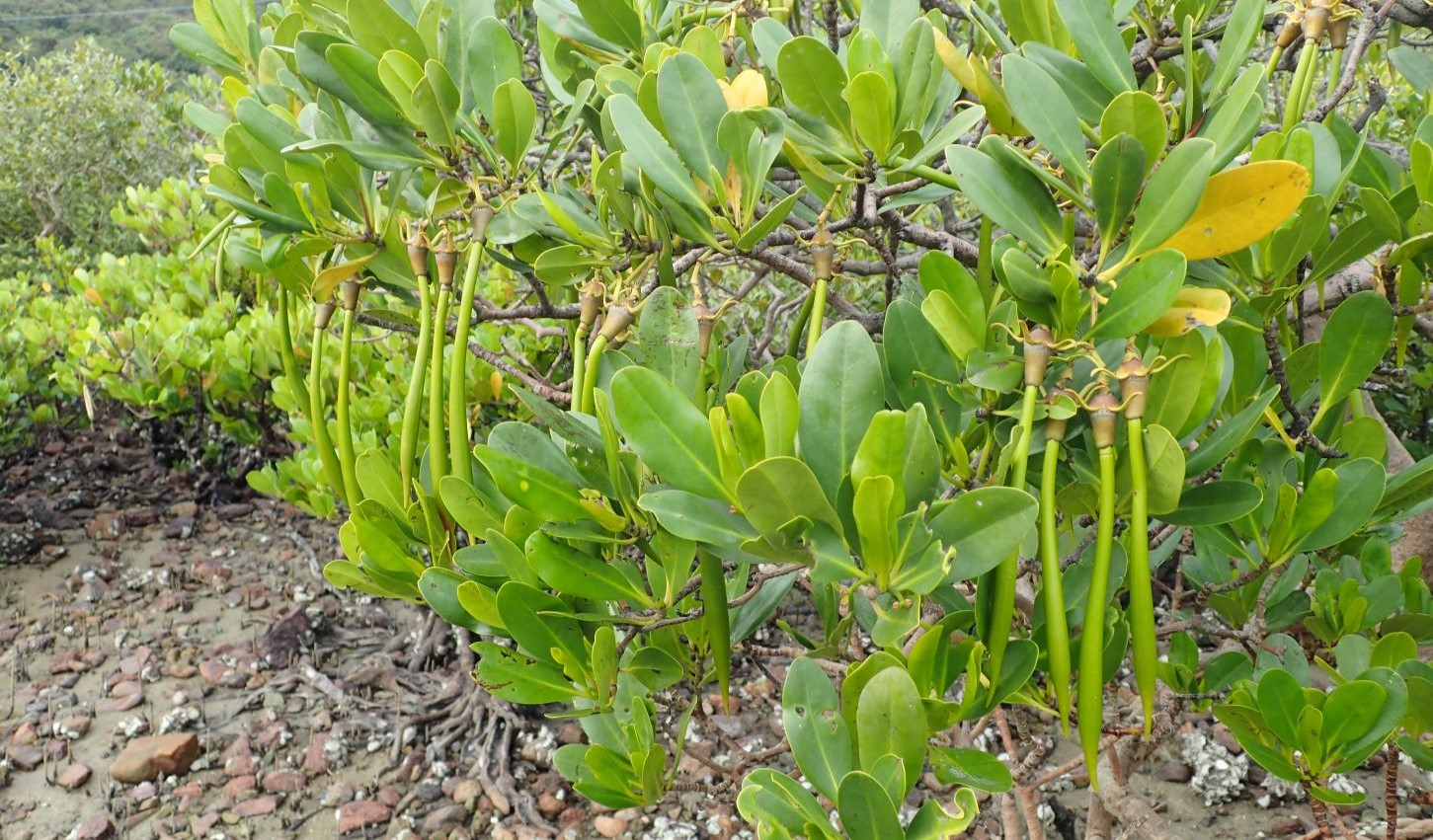 |
Aegiceras corniculatum, Avicennia marina, Kandelia obovata, are the three dominant species
| Assessment of Regeneration of Native Mangroves |
A total of 1655 mangrove seedlings and trees were tagged from six quadrats before removal of Sonneratia. Their survivorship and growth in height and basal diameter were followed until 12 months after removal of Sonneratia. New recruits of native mangroves were also counted.
- Among the 166 new seedlings recorded, the majority was Aegiceras corniculatum (74.1%) followed by Kandelia obovata (16.9%), a situation also reflected by the relative abundance of mature mangrove plants in the site.
- Quadrat F has the greatest number of new mangrove seedlings after removal of Sonneratia, it may be due to the supply of both saltwater and freshwater with loamy sand soil providing adequate nutrients for plant growth. Moreover, Quadrat F is in a sheltered location from waves and with many mother trees around which is a good location for seedling establishment.
- The overall survival rate of the native mangrove is 49.31%. During the removal of Sonneratia, certain quadrats experienced significant disturbance due to the transportation of wood waste from the mudflat to the roadside. Consequently, there was a decrease in the survival rate, with most casualties being seedlings. Nevertheless, mangroves inside most of the quadrats are having positive increments in basal diameter and height which indicated that the regenerative potential of native mangroves is high.
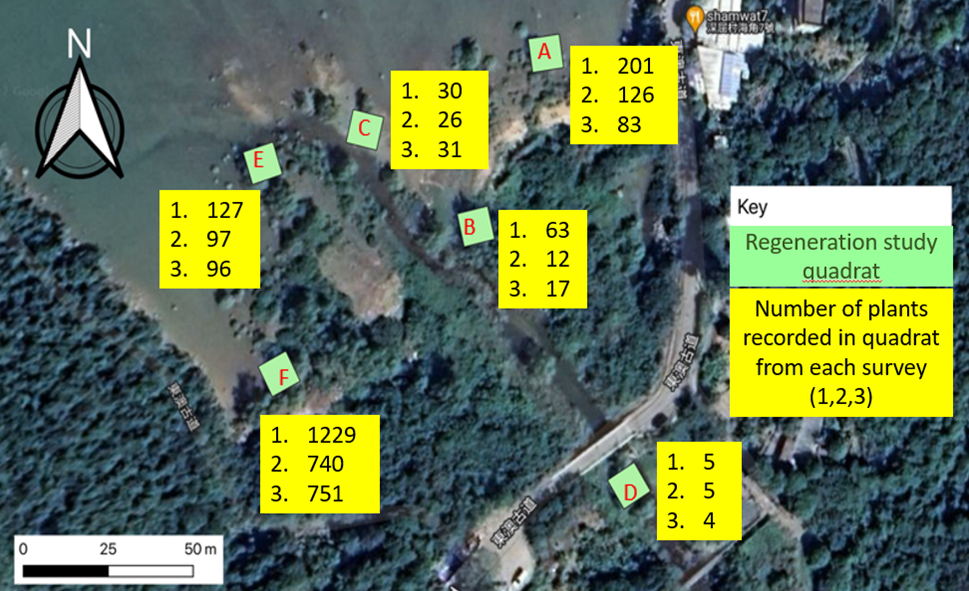
Locations of the quadrats for assessing regeneration of native mangroves (A-F) and the number of native mangroves recorded there in the three round of surveys
| Monitoring of Sonneratia |
Our team has searched new recruits for Sonneratia and resprouting circumstances of felled Sonneratia along the coastline to monitor the regeneration of Sonneratia.
- In 12 months after the removal of Sonneratia, one new recruit was found in Mangrove A and 103 in Mangrove B. Possible sources of the new recruits could be either seeds floating from somewhere outside Sham Wat or/and seed bank left in the local area.
- Sonneratia thrives in Sham Wat in areas characterised of low salinity, primarily found along riverbanks and river mouths. Sonneratia does not exhibit specific preferences for soil texture, as it can grow in sandy, loamy sand, and clay soil types. Notably, Sonneratia can successfully germinate and grow, regardless of the presence or absence of other vegetation, including native mangroves.
- The rapid growth of the new seedlings was recorded in just one year. The maximum height of the new seedlings reached 250cm with a mean of 98.3cm, while the maximum basal diameter reached 120mm with a mean of 21.9mm.
- Only two tree stubs of felled Sonneratia were found resprouted as of 12 months after the removal.
- The “cut and covered by mud” method (Tang, 2009) is considered effective in eradicating Sonneratia. The tree stubs were cut as low as possible, and mud was used to cover the tree stubs immediately after cutting. It helps to suffocate the cambium, a layer of cells that promote growth in a plant.
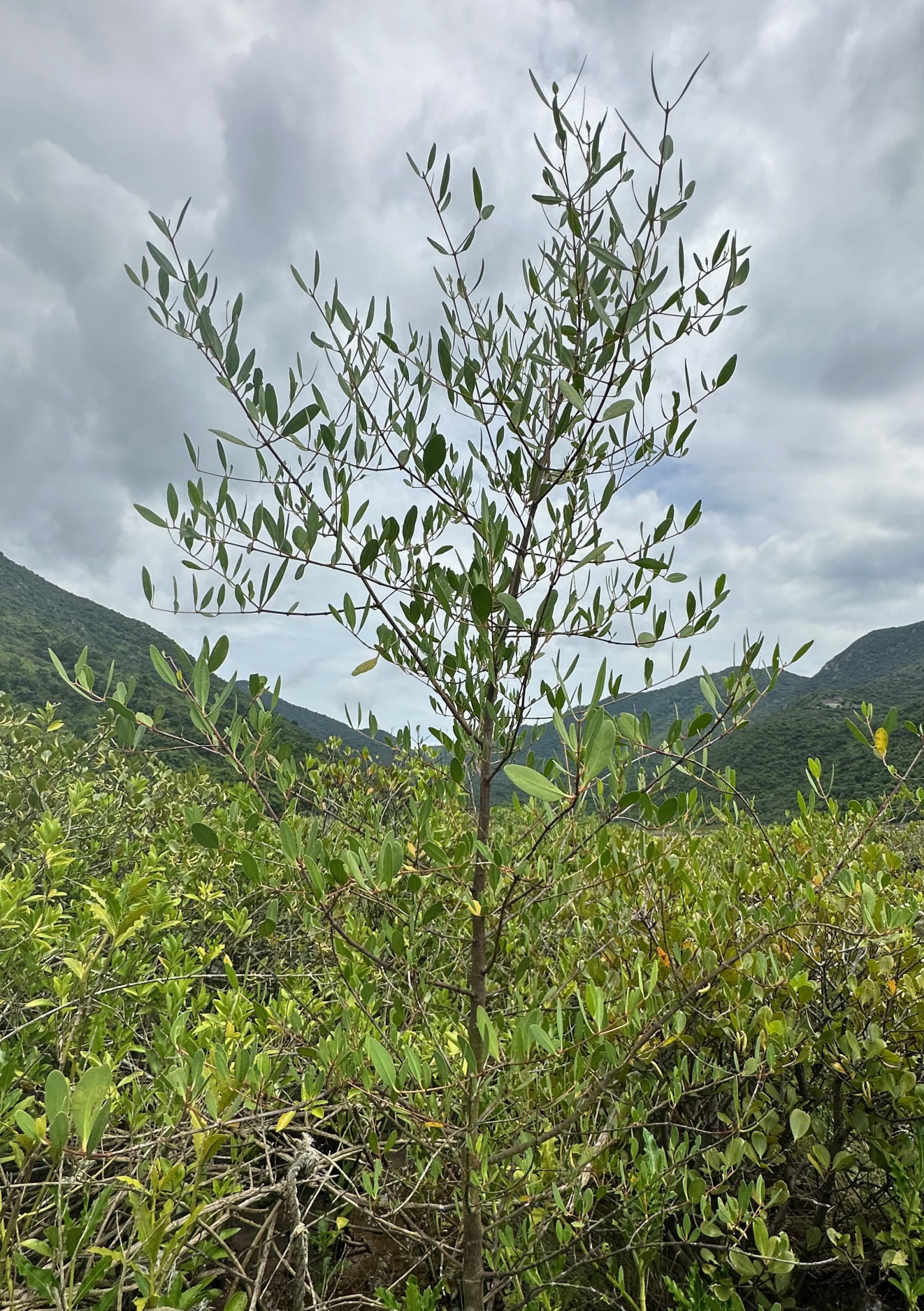
The seedling of Sonneratia can grow rapidly
| Mangrove Fauna Community Survey |
Our team has set up three transects in the mangrove of Sham Wat to investigate the biodiversity of mangrove fauna community after the removal of Sonneratia.
- A total of 21 species of crabs were recorded after the removal of Sonneratia.
- Besides fiddler crabs like Austruca lactea and Paraleptuca splendida in the coastal area, sesarmid crabs like Parasesarma continentale in the riparian zone are also abundant.
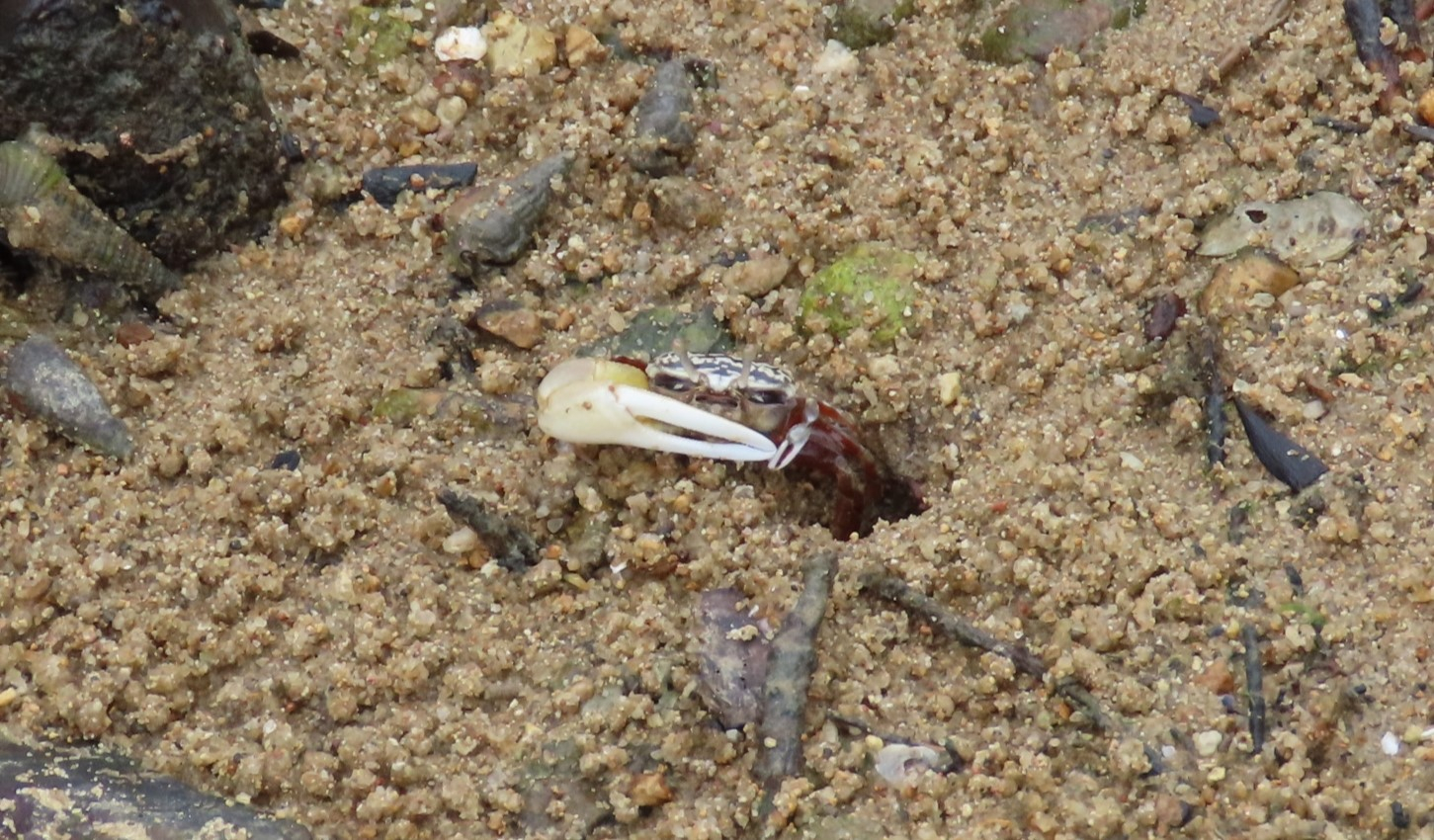 |
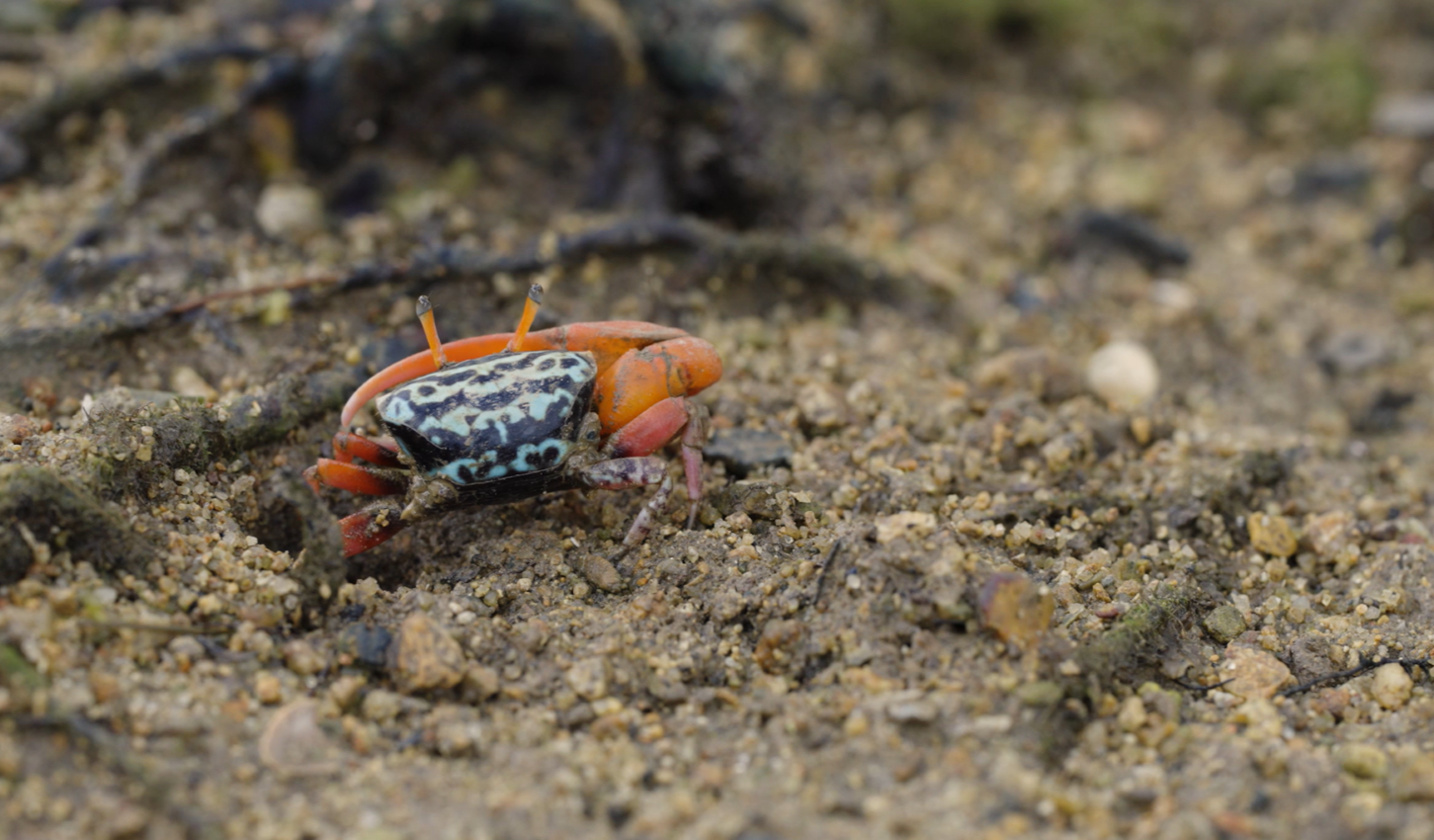 |
| Austruca lactea | Paraleptuca splendida |
- A total of 17 species of epi-fauna (e.g. barnacles, bivalves and snails) were recorded after removal of Sonneratia. Snails are the most abundant epi-fauna found during the survey, especially Pirenella asiatica on the mudflat in front of the mangroves during the wet season。
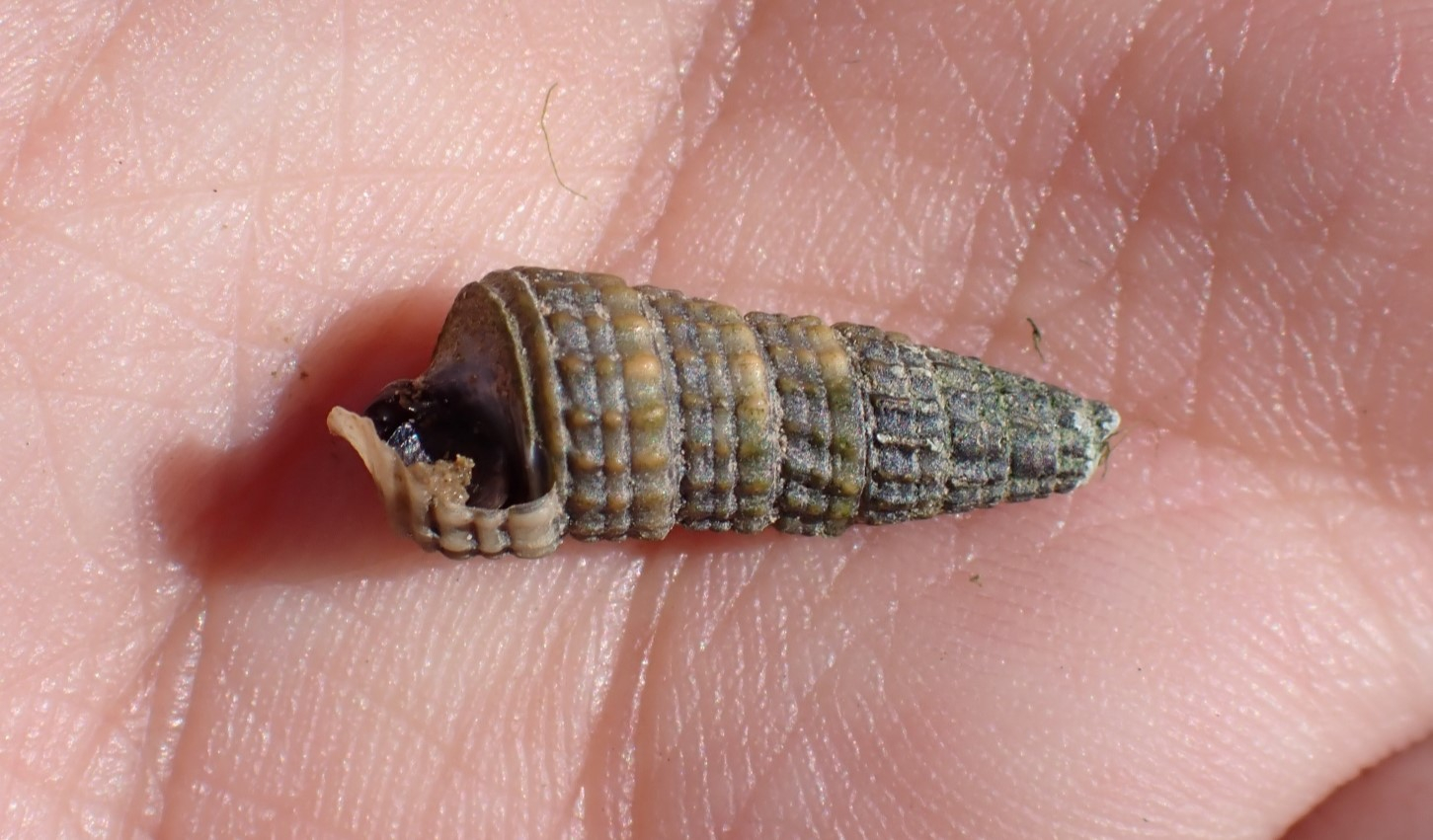 |
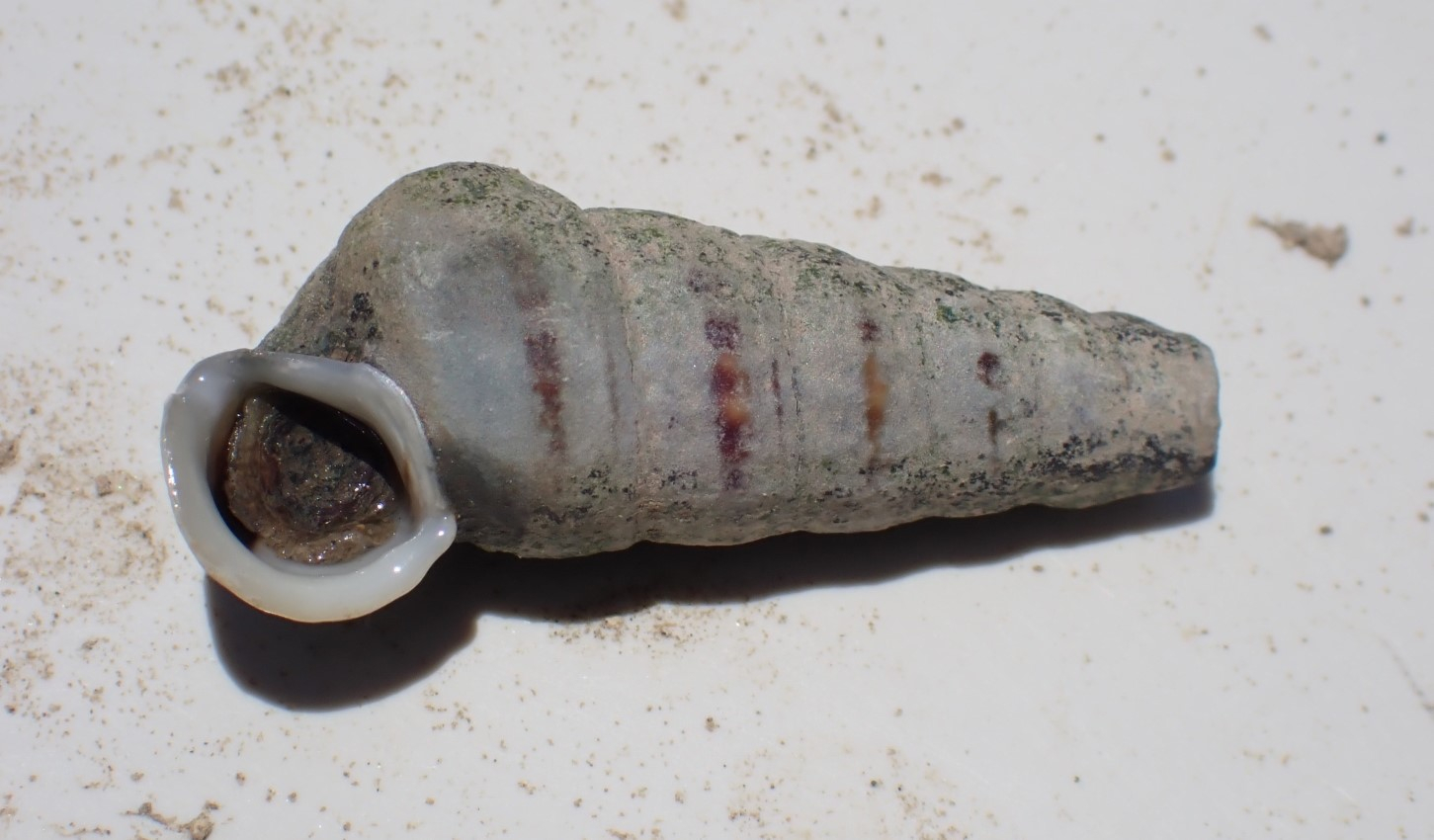 |
| Pirenella asiatica | Cerithidea moerchii |
- A total of 17 species of arboreal fauna (e.g. barnacles, bivalves, crabs, snails) were recorded after the removal of Sonneratia.
- Littoraria species, including L. articulata and L. melanostoma were dominant snails found on the leaves, branches, trunks and roots of mangroves due to their close relationship with mangroves. A couple of barnacle species, including Fistulobalanus albicostatus, Amphibalanus amphitrite, Tetraclita japonica and Microeuraphia withersi were also found in considerable amounts.
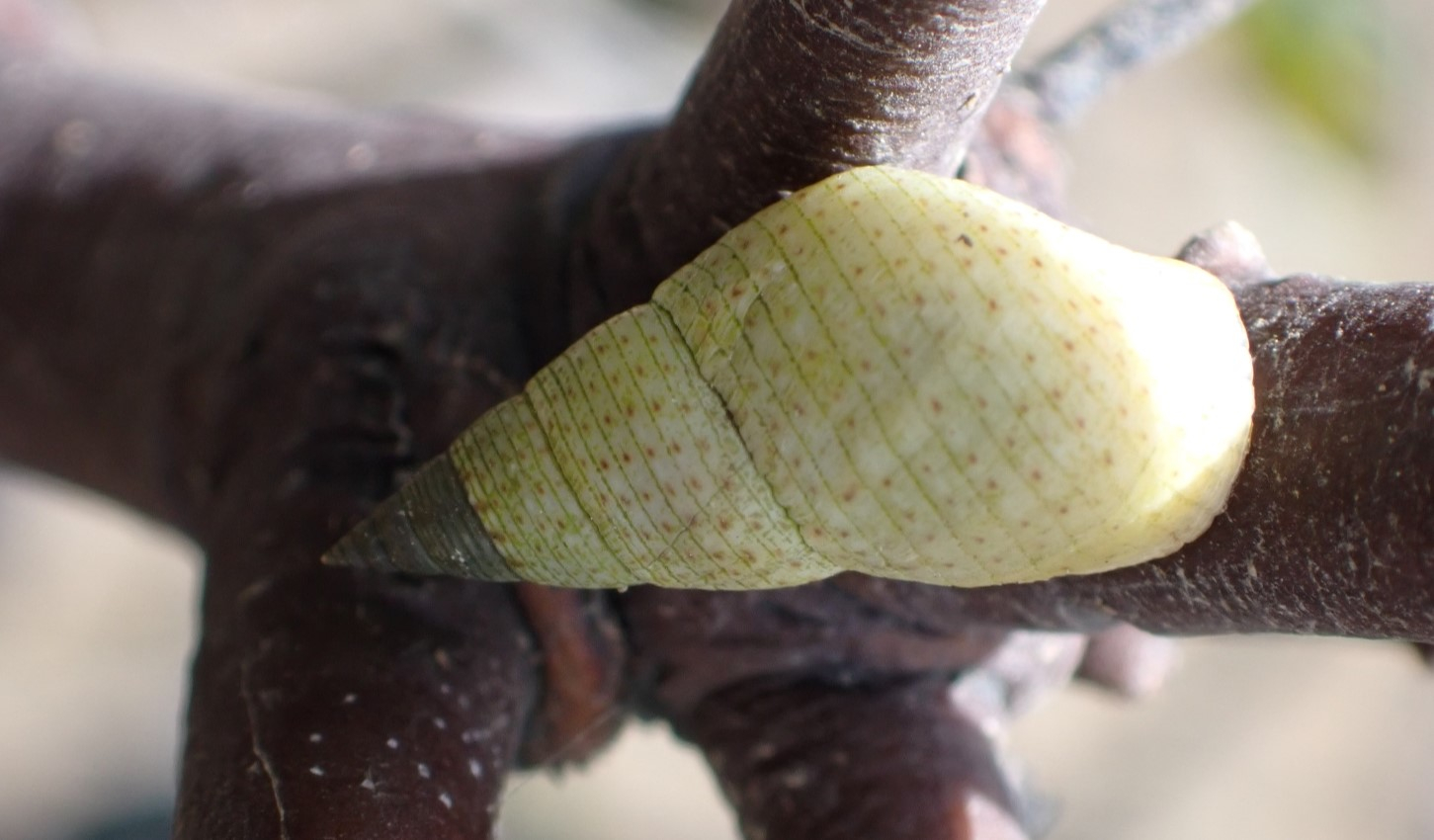 |
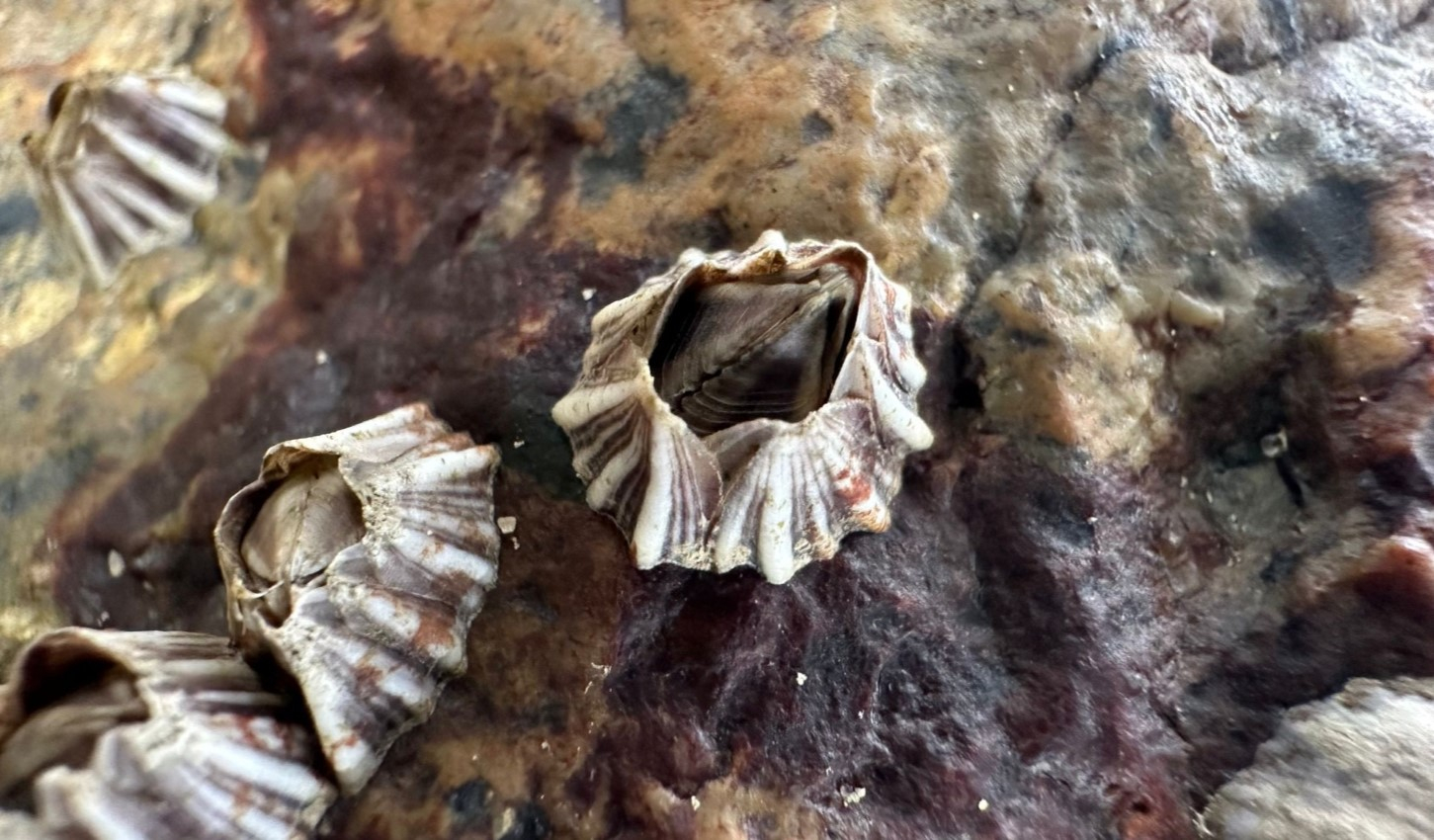 |
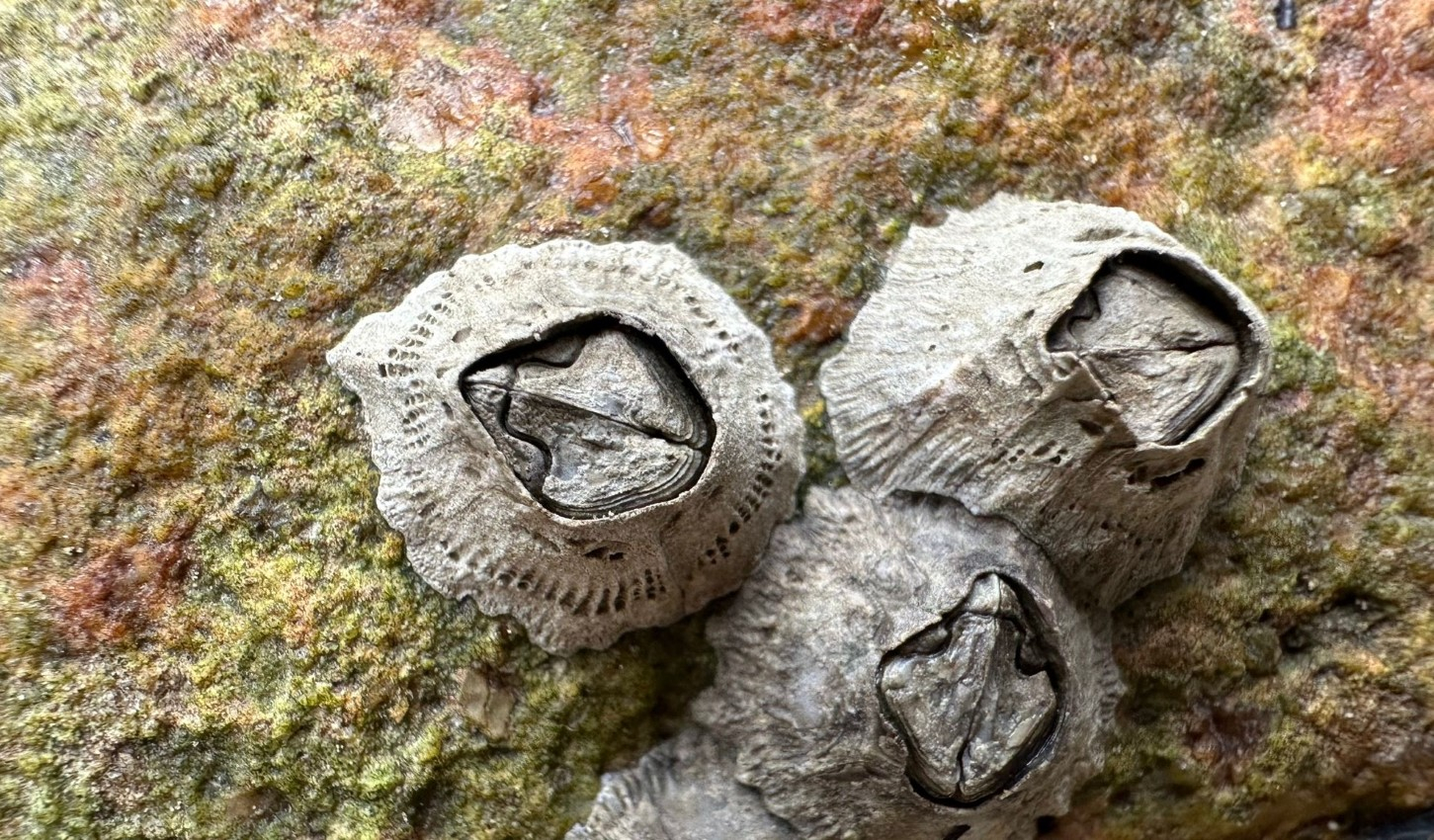 |
|
Littoraria melanostoma |
Amphibalanus amphitrite |
Tetraclita japonica |
- A total of 10 species of fish were spotted after removal of Sonneratia.
- Periophthalmus modestus is the only mudskipper that is present in the study area.
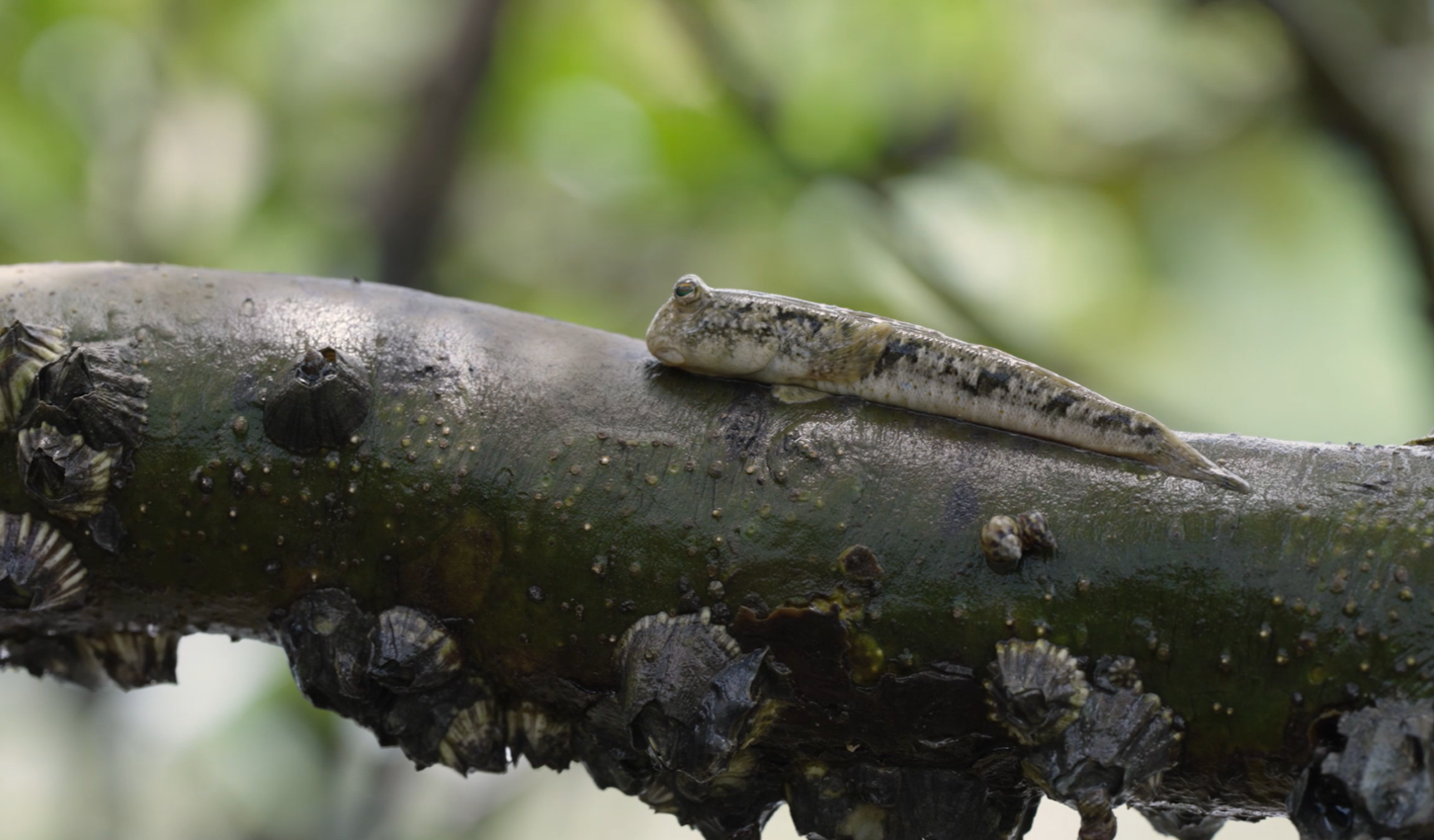 |
| Periophthalmus modestus |
- A total of 33 species of birds were spotted after removal of Sonneratia, among which one of the species is a summer visitor and 6 others are winter visitors.
- Accipiter trivirgatus, a species considered of conservation importance and classified as Near Threatened in the Red List of China’s Vertebrates was recorded during the survey.
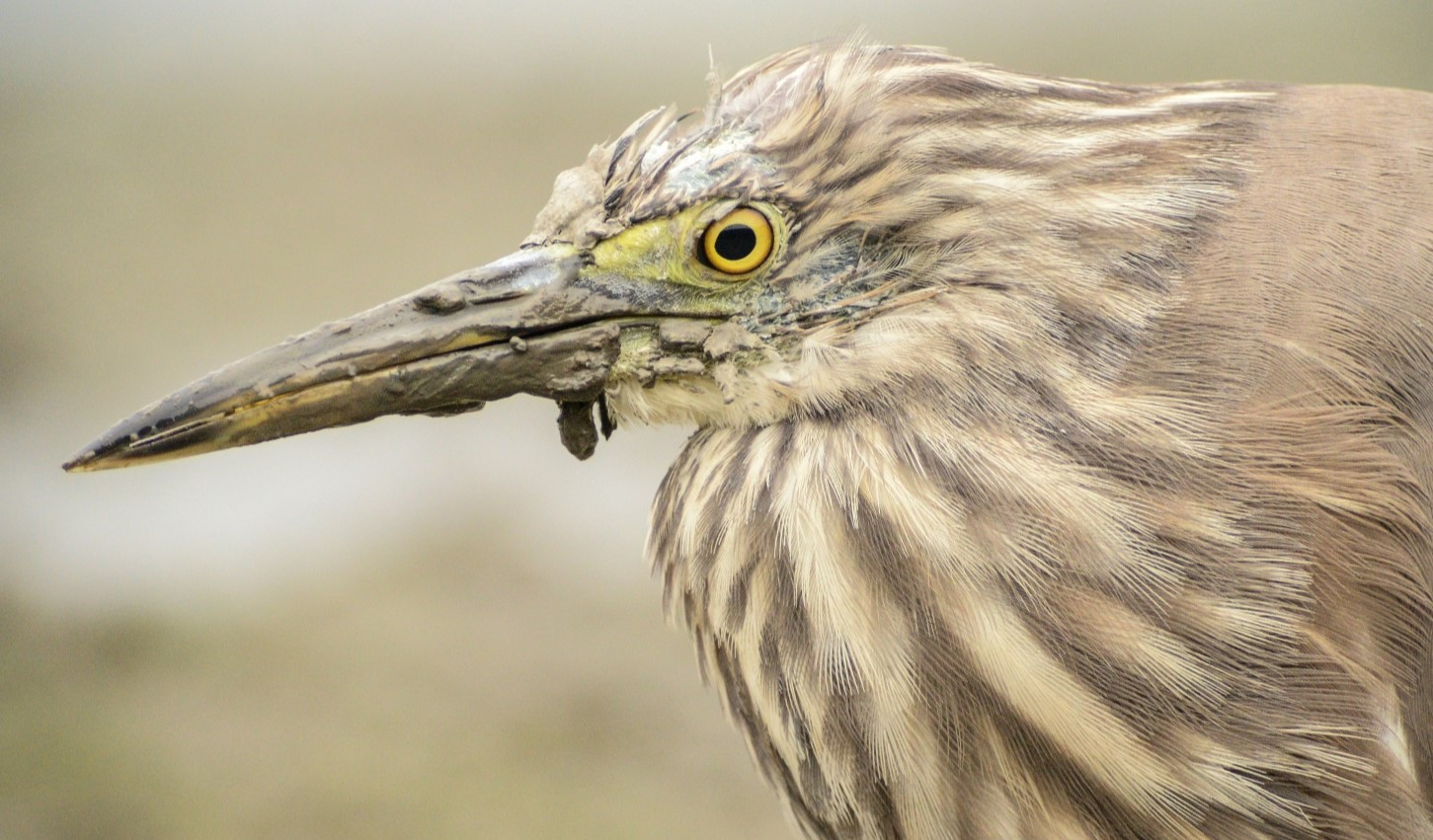 |
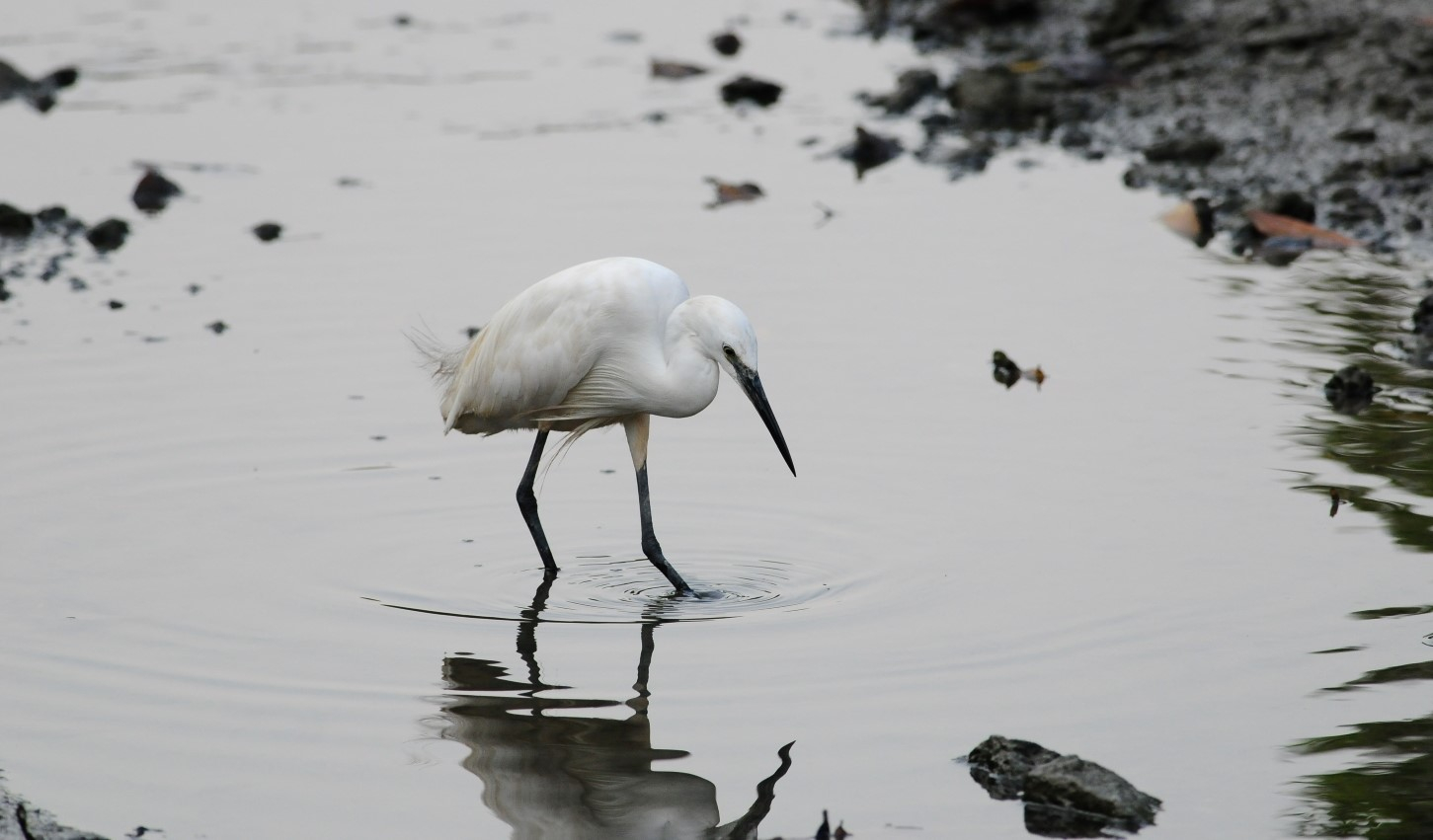 |
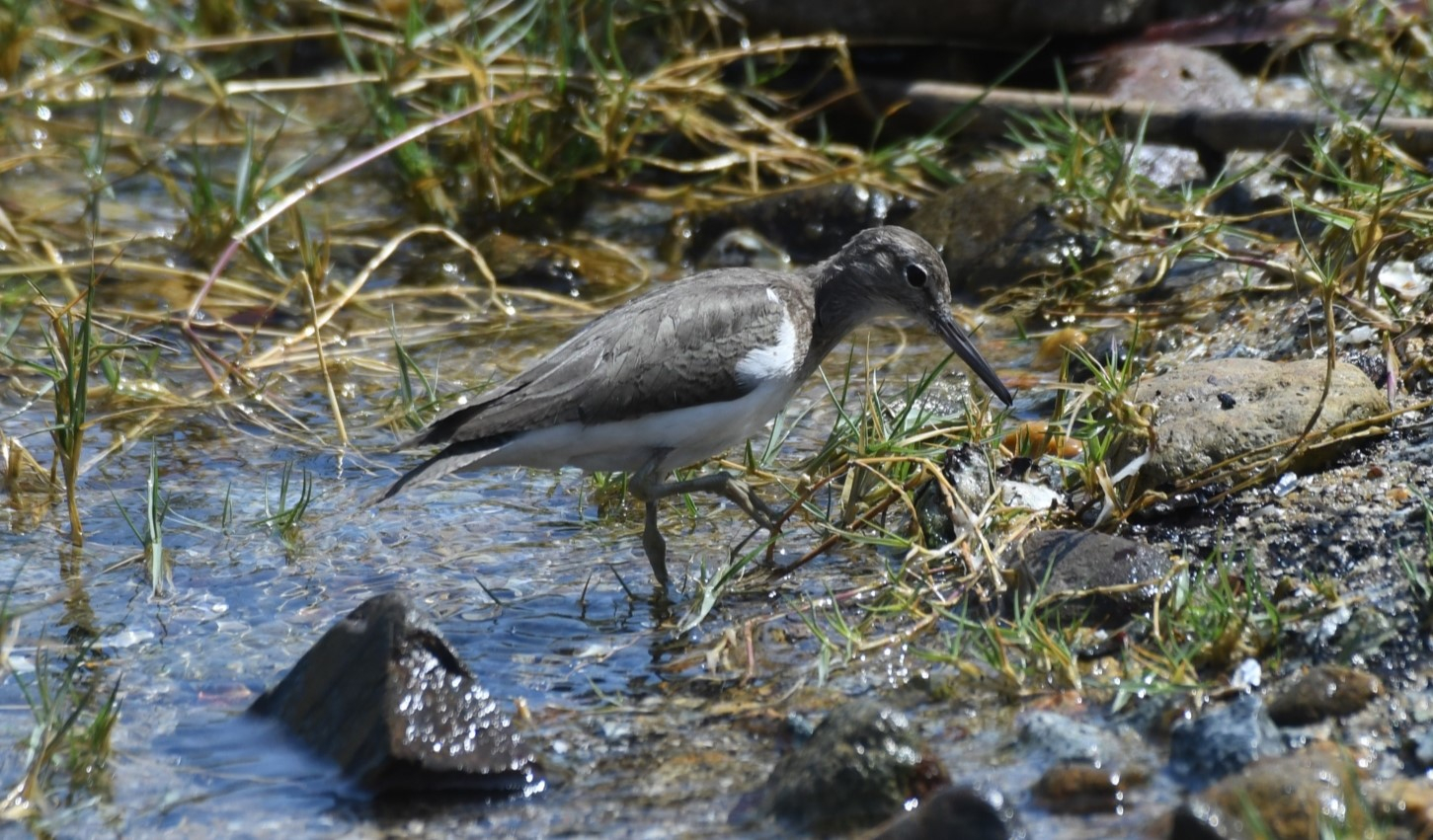 |
| Nycticorax nycticorax | Egretta garzetta | Actitis hypoleucos |
| Heavy Metal Analysis |
Heavy metal concentration in soil samples from sites with Sonneratia (A-F) and without Sonneratia (G) was measured. Nine types of heavy metals were assessed,including Arsenic (As), Cadmium (Cd), Chromium (Cr), Copper (Cu), Mercury (Hg), Nickel (Ni), Lead (Pb), Zinc (Zn) and Manganese (Mn) to investiage whether there is a relation between the presence of Sonneratia and the concentration of heavy metal in soil.
- Before the removal of Sonneratia, site B showed the highest concentration of eight out of the nine heavy metals assessed, which may be attributed to the relatively denser Sonneratia therein restricting water flow rate and promoting sediment deposition.
- Twelve months after the removal of Sonneratia, the concentration of most heavy metals generally reduced in 6 out of 7 sites, except for Copper and Nickel, with a slight increase. However, the connection between the removal of Sonneratia and the observed reduction/rise in heavy metal concentrations is uncertain as both sites, with and without Sonneratia, showed similar trends.
- Compared with the heavy metal concentration in Mai Po and other references, the heavy metal level in Sham Wat is either within the range of desirable maximum levels or insufficient to threaten the environment. Thus, the heavy metal concentration in Sham Wat can be considered low-risk.
|
|
A |
B |
C |
D |
E |
F |
G |
|
Arsenic (As) |
12.5 |
19 |
19 |
17 |
9.95 |
7.1 |
8.4 |
|
Cadmium (Cd) |
< 0.05 |
0.06 |
< 0.05 |
< 0.05 |
< 0.05 |
< 0.05 |
< 0.05 |
|
Chromium (Cr) |
6.05 |
22.5 |
4.4 |
6.75 |
9.35 |
2.75 |
15.35 |
|
Copper (Cu) |
0.94 |
1.6 |
0.69 |
0.95 |
0.925 |
0.61 |
1.15 |
|
Mercury (Hg) |
< 0.05 |
< 0.05 |
<0.05 |
< 0.05 |
< 0.05 |
< 0.05 |
< 0.05 |
|
Nickel (Ni) |
0.63 |
1.2 |
0.6 |
0.575 |
0.75 |
0.42 |
0.9 |
|
Lead (Pb) |
13.5 |
35 |
12.65 |
28.5 |
17.5 |
7.5 |
23.5 |
|
Zinc (Zn) |
19.5 |
62.5 |
19 |
60.5 |
26 |
12 |
36.5 |
|
Manganese (Mn) |
53 |
350 |
190 |
34 |
96 |
22.5 |
46.55 |
Mean concentrations of heavy metals (mg/kg dry weight) in sites with Sonneratia (A-F) and without Sonneratia (G) before removal of Sonneratia. Orange indicates the site with the highest concentration of each heavy metal.
|
|
A |
B |
C |
D |
E |
F |
G |
|
Arsenic (As) |
2.75 |
2.7 |
2.95 |
4.35 |
7.05 |
5.85 |
2.7 |
|
Cadmium (Cd) |
< 0.05 |
< 0.05 |
< 0.05 |
< 0.05 |
< 0.05 |
< 0.05 |
< 0.05 |
|
Chromium (Cr) |
2.2 |
7.1 |
3.15 |
1.95 |
4.3 |
4.65 |
4.1 |
|
Copper (Cu) |
1.15 |
4.85 |
1.55 |
1.55 |
1.5 |
1.55 |
1.3 |
|
Mercury (Hg) |
< 0.05 |
< 0.05 |
<0.05 |
< 0.05 |
< 0.05 |
< 0.05 |
< 0.05 |
|
Nickel (Ni) |
0.775 |
1.5 |
1.15 |
0.59 |
0.955 |
1.115 |
1.075 |
|
Lead (Pb) |
5.95 |
14 |
8.8 |
10.25 |
9.55 |
10.5 |
8.55 |
|
Zinc (Zn) |
8.5 |
28.5 |
18.5 |
24 |
16 |
15.5 |
12 |
|
Manganese (Mn) |
45.5 |
46.5 |
61.5 |
24 |
113 |
48 |
67 |
Mean concentrations of heavy metals (mg/kg dry weight) in sites with Sonneratia (A-F) and without Sonneratia (G) about 12 months after removal of Sonneratia.
Green and red indicate a decrease and increase in concentration, respectively, compared with the level before the removal work.
| Solid Waste Survey |
- Four solid waste hotspots are identified on the coast of Sham Wat. The majority of the litter belongs to plastic.
- Litter originating from both local and regional sources was identified. Further determination of their sources is challenging due to their fragmented nature.
- Following the removal of Sonneratia and the implementation of cleanup activities, a notable reduction in the accumulation of litter was observed in the hotspots.
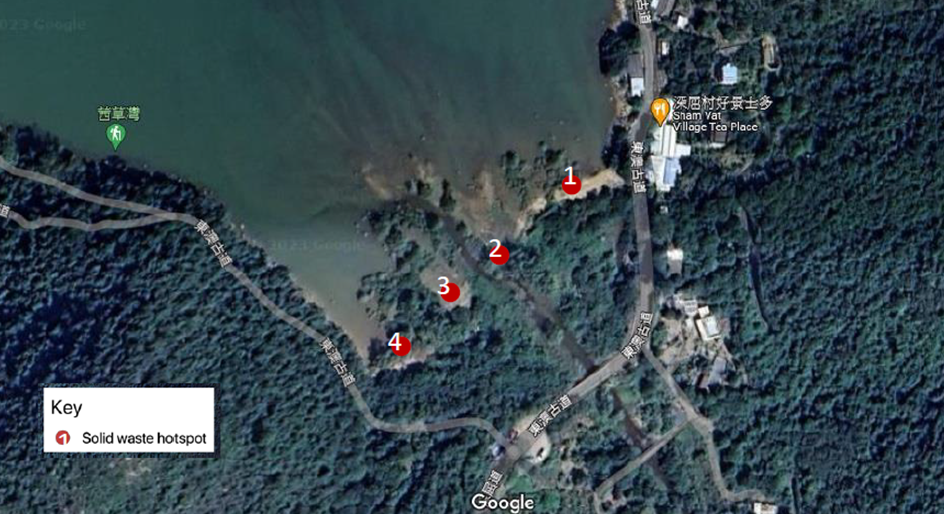
Locations of the four identified solid waste hotspots in Sham Wat
*Tang, W. S. (2009). The distribution, ecology, potential impacts and management of exotic plants, Sonneratia apetala and S. caseolaris, in Hong Kong mangroves [Master's Thesis].

